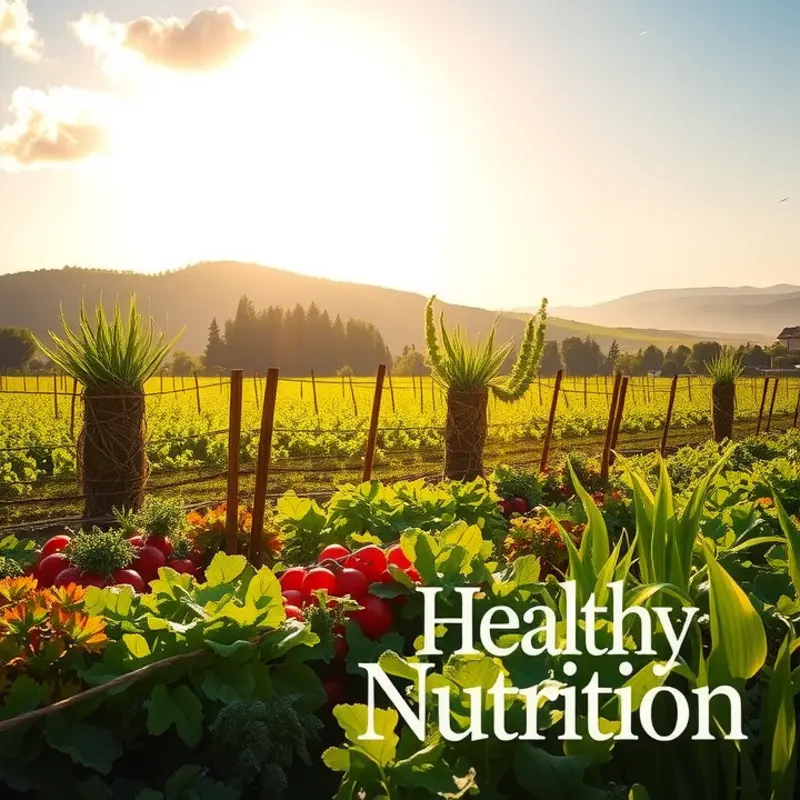Dietary iron is a pivotal mineral that plays a crucial role in maintaining health and wellness. It supports vital functions such as oxygen transport in the blood, immune system performance, and energy metabolism. Understanding how to incorporate adequate amounts of iron into your diet can lead to improved overall wellness, especially for health-conscious adults interested in nutrition fundamentals. This guide highlights key aspects of dietary iron, including sources, absorption, and daily requirements, ensuring you make informed dietary choices.
The Importance of Iron in Your Diet

Iron is an essential nutrient, playing a pivotal role in maintaining optimal health. It is a vital component in the production of hemoglobin, the protein in red blood cells responsible for transporting oxygen throughout the body. Without sufficient levels of iron, the body cannot produce enough healthy oxygen-carrying red blood cells, leading to fatigue and compromised physical performance.
There are two main types of dietary iron: heme and non-heme. Heme iron, found in animal-based sources like meat and fish, is more readily absorbed by the body. Non-heme iron, present in plant-based foods such as beans, lentils, and spinach, is less efficiently absorbed, often requiring the presence of vitamin C to enhance its uptake.
The benefits of adequate iron intake are manifold. It supports cognitive function, boosts the immune system, and enhances athletic performance by maximizing oxygen delivery to muscles. Moreover, iron is crucial during pregnancy, aiding in fetal development and minimizing the risk of complications. Ensuring sufficient iron levels can also prevent iron deficiency anemia, a condition characterized by weakness, pale skin, and shortness of breath.
Iron deficiency is one of the most common nutritional deficiencies worldwide, affecting various populations. It is particularly prevalent among women of childbearing age, infants, and adolescents due to higher demands for iron. Those following vegetarian or vegan diets need to be especially mindful of their iron intake, as their sources are predominantly non-heme.
The consequences of iron deficiency extend beyond the obvious symptoms. It can impede growth and development in children, reduce work productivity, and impair the immune response, increasing susceptibility to infections. For those experiencing signs of iron deficiency, such as chronic fatigue, irritability, or unusual cravings for non-food substances (a condition known as pica), seeking dietary changes or medical advice is imperative.
To improve iron consumption, integrating a variety of iron-rich foods into your meals is beneficial. Pairing non-heme iron sources with vitamin C-rich foods can enhance absorption. For practical meal ideas and more information on how to integrate nutrient-rich ingredients into your diet, refer to this guide on practical ingredient batching.
Overall, understanding the importance of iron and incorporating it strategically into your diet can significantly enhance your overall well-being and energy levels. Knowledge of the different types of iron and their sources aids in making informed dietary choices, reducing the risk of deficiency and improving long-term health outcomes.
Maximizing Iron Absorption

Iron absorption is a nuanced process influenced by several factors. Understanding these can help you optimize your nutritional intake. The bioavailability of iron—the proportion absorbed and utilized by the body—varies depending on its source. There are two types of dietary iron: heme and non-heme.
Heme iron, found in animal products like red meat, poultry, and fish, is efficiently absorbed by the body. Non-heme iron, present in plant-based foods such as legumes, nuts, and leafy greens, is absorbed less effectively. However, this absorption can be enhanced with specific dietary practices.
Vitamin C, for instance, significantly boosts non-heme iron absorption. Consuming citrus fruits, bell peppers, or berries alongside iron-rich meals can improve uptake substantially. Conversely, certain compounds inhibit iron absorption. Compounds like phytates in grains and legumes, polyphenols in tea and coffee, and calcium can all hinder iron uptake. Minimizing these during iron-rich meals can be beneficial.
Cooking methods also impact iron bioavailability. Using cast-iron cookware can slightly increase the iron content of your food, especially during acidic cooking processes. Additionally, soaking, fermenting, or sprouting grains and legumes can reduce phytate levels, thus enhancing iron absorption.
A balanced intake of micronutrients contributes to effective iron utilization. Vitamin A and beta-carotene, found in bright-colored vegetables, can aid in increasing iron absorption. Integrating foods high in these nutrients into your diet is crucial for optimizing iron uptake.
For those considering supplements, understanding timing is key. Iron supplements are best taken on an empty stomach but may sometimes cause gastrointestinal discomfort. If so, pairing them with meals that contain vitamin C-rich foods while avoiding calcium-rich sources can still ensure effective absorption.
Manage your cooking with practical strategies to support nutritional goals. Explore more on how to enhance ingredient efficiency with practical ingredient batching. This holistic approach not only supports iron absorption but also aligns with broader health and lifestyle objectives, assisting in meeting daily nutritional needs effectively.
Understanding and applying these nuances of iron absorption can lead to improved health outcomes and enhanced well-being. Harnessing these insights means you make dietary iron work harder for you, ensuring your body gets what it needs.
Final words
Incorporating adequate dietary iron is essential for maintaining overall health and preventing deficiencies. By choosing iron-rich foods such as red meat, poultry, lentils, and spinach, along with understanding how to enhance absorption with vitamin C and avoiding certain inhibitors, you can effectively boost your iron levels. This knowledge empowers health-conscious individuals to make informed dietary choices that align with their nutritional goals. Remember, a balanced diet not only nourishes the body but also supports an active, vibrant lifestyle. Take charge of your health by prioritizing dietary iron and its benefits.







